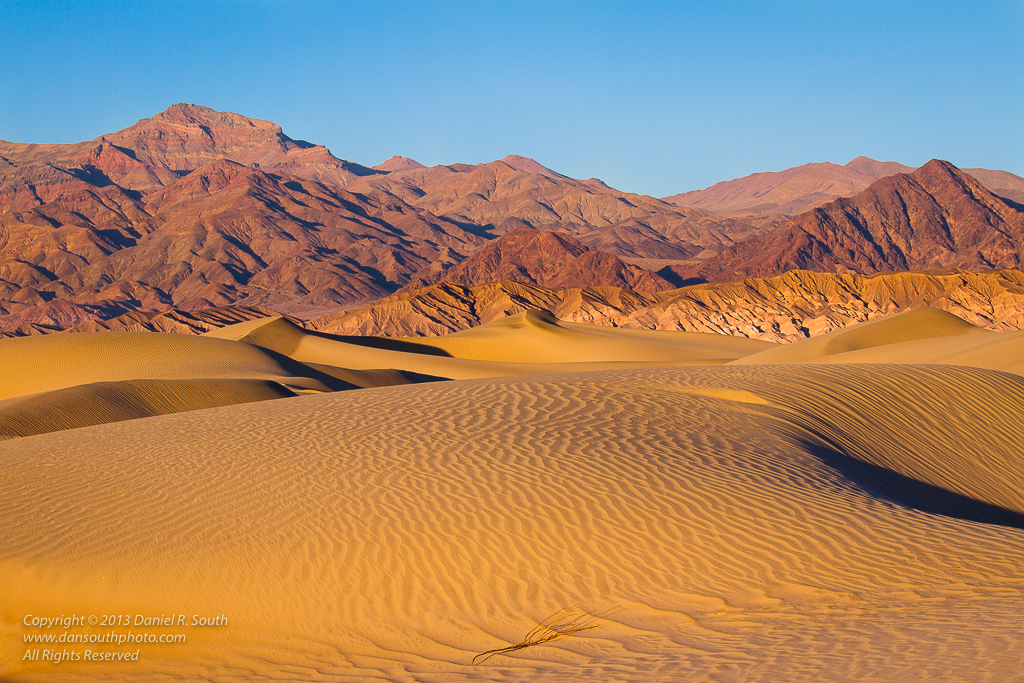Part of the lure of photography is the surprise factor. Sometimes things work out better than we might expect and sometimes less so.
I spend time each week reviewing, rating, and categorizing my photos. I want to understand what differentiates an outstanding or exceptional image from one that is merely competent. I figure that the more I know about what makes a meaningful image, the higher the probability of capturing more of them in the future.
I came up with the following rating scheme to help identify my best photos, the good ones, the not-so-good ones, and the inevitable turkeys.
No Stars - A flawed or otherwise unimpressive photo. I might keep it in my files for historical purposes only, but I wouldn't show it to my friends.
1 Star (*) - A well-executed photo without discernible flaws, but one that I need to spend time reviewing before deciding whether to publish it. I may have a better version of the photo, but I'm keeping this one as an alternative.
2 Stars (**) - A strong image with definite impact, an image that I would be proud to print or display on my website. This is the level where people start to say "Wow!" when they first see the image.
3 Stars (***) - An outstanding photograph with all of the qualities of a two-star image plus a uniquely impressive or interesting quality that makes it stand out in a collection.
4 Stars (****) - All of the qualities of a three-star image, but with some rare or remarkable quality. For people, it might be that one shot with the perfect expression or a spontaneous gesture that increases the impact of the image.
5 Stars (*****) - A rare gem. An image that captures a very special moment or situation and depicts it splendidly. A photograph that could not be improved in terms of impact.
 |
| The Painted Piano |
The Painted Piano qualifies as a five-star photo on my scale. It represents a unique and precious moment. I don't see painted pianos on the street every day. In fact, it happened only this one time. I could walk the streets of the city for the next twenty years and never see anything like this again.
The gentleman playing the piano while wearing his New York Yankees hat and T-shirt had a wonderful expression, his eyes looking off into infinity. The colored paint on the piano adds to the uniqueness of the image, and the light was supportive and had just the right amount of contrast.
This wasn't a technically perfect capture. I had to crop out a pedestrian and a garbage can. (That can happen when you work fast.) Luckily, there was enough frame left over to yield a moving and memorable image.
I'm glad that I decided to take a walk that day. I'm glad that I decided to carry my camera with me. I'm glad that I stopped by to take a picture of the man playing his painted piano.
I'll treasure this image forever. It's one of those nice surprises that exemplify the joy and magic of photography.
Camera: Canon EOS 5D Mark II
Lens: Canon 24-105 f/4L IS
Wishing you great light and meaningful moments!
Copyright 2013 Daniel R. South
All Rights Reserved
